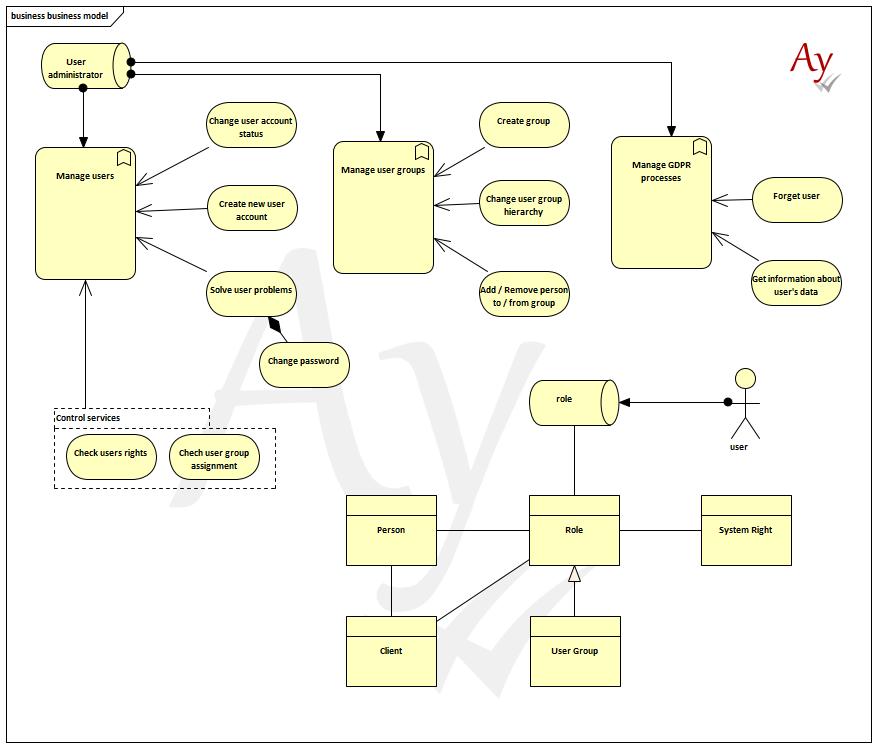Related links
Sales & Asset management
Sales related services
Description of a part of the AM module - sales partFI - Finance Management
Framework Core functionality
- AyMINE Framework Server
- frmFrm – provided functionality
- System Rights
- System messaging
- AyMINE Business – Price calculation
- Strings and translations
- Export collection of objects
- AyMINE Framework management FAQ
- The AyMINE licence model
- AyMINE On-premise
- System events
- Mutli-client architecture
- Import collection of objects
- User sessions
- Default server methods
- Client-defined object attributes
- Common Libraries
Module - support for management
Libraries & Lincences
Mobile & Web Application
- Runtime debugging
- System console
- AyMINE Application
- In-line table edit support
- Object scripting API – object lang
- Application object structure
- Multilingual support
- View of a single object – detail
- Is using EVAL / feval method risky?
- Included library – String operations
- Cliplink
- Object API – object <g>
- API – Data object
- Object scripting API – object User
- Object view definition
- Framework support for Drag & Drop
- Common libraries
- Multiple-object update implementation
- fClip & fCliplist
- Offline persistent objects
- Mobile application
HR - Human Resources
System Management (part of framework)
Task, Project, Quality
Task & Task pattern
CMS - Content Management & Web API services
Front-End Scripting
 User Management
User Management 
Technical notes related with the user management provided by the sys module.
User Management is in principal quite simple functional model. AyMINE manages both static and dynamical rights, but system module manages only the static rights based on system rights (defined by the framework module). The management is even more simple because users never directly have got system rights directly.
System rights are always grouped by system user group (like sys everyone – joins user system rights necessary to work with system). So that, the user management does not manage system rights directly and only assign persons to the roles.
The most important part is the hierarchical structure of the roles and ability to combine all user rights from all system groups in which user is directly or indirectly allocated. The combination is made via hierarchical database queries.
System administration – business model
